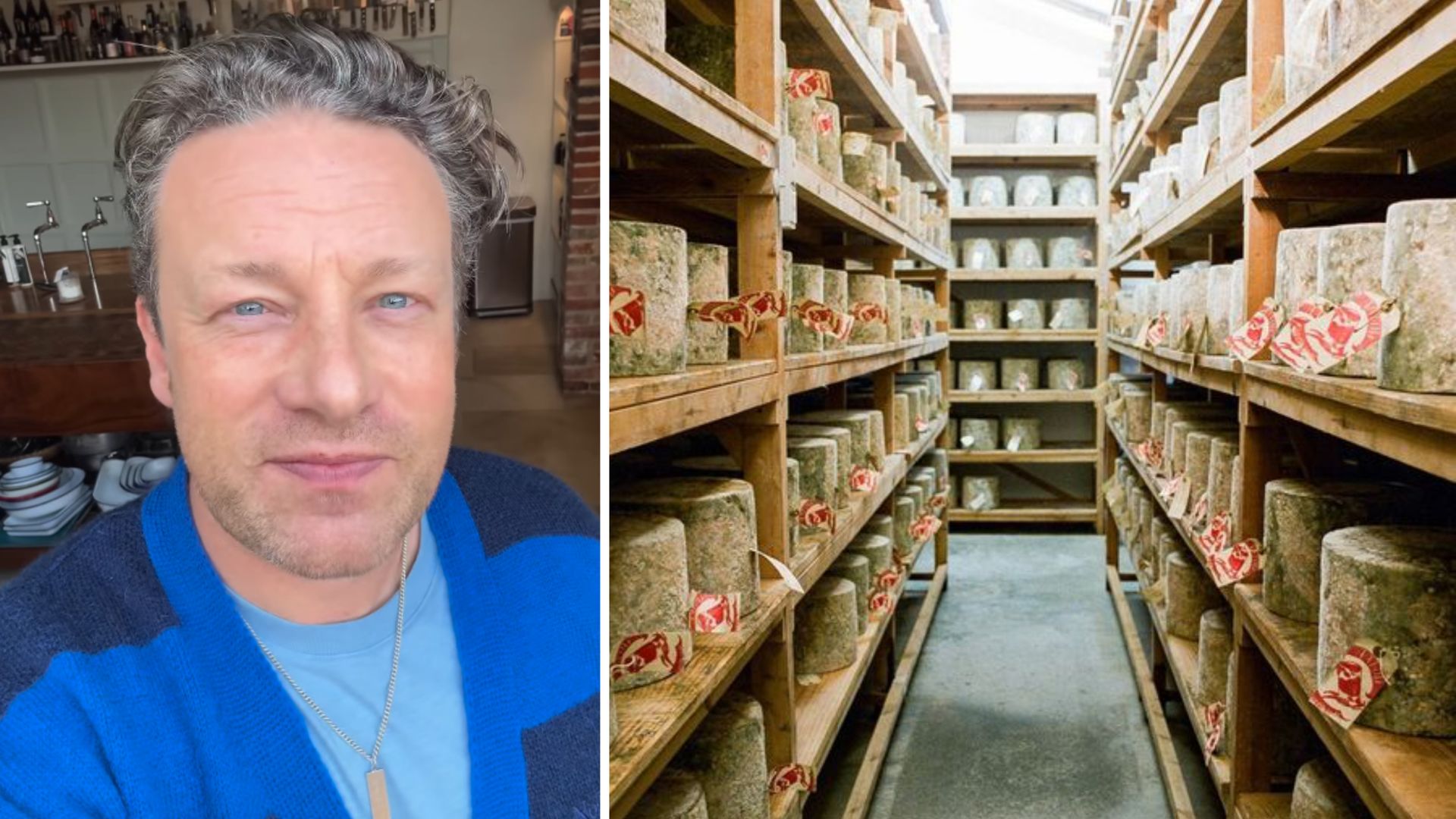
One more garlic scape recipe for this summer, quick before they are gone — scapes pickled in brine with dill seasoning.
Not everyone likes garlic, and some folks have to avoid it because of medications or digestive problems. My heart goes out to them. I love eating and growing garlic, partly because I’d love seeing the elegant long and curling scapes — even if we never ate them.
I plant a couple hundred cloves annually, so I end up with lots of scapes. Having one more thing to do with them is very handy. Pickling them gives me scapes out of season, and adds another interesting item on the pickle tray next to the dilly beans. Dilly beans, in fact, inspired this recipe for scapes — packing a jar with green beans along with dill heads and flowers, plus a tablespoon of seeds, and one clove of garlic makes for really delicious dilly beans.
I thought, why not pack a jar of scapes with the same array of dill, and use the same brine as I do for the beans? In fact, if I had green beans ripe at the same time as scapes emerge, I’d be mightily tempted to pickle them together.
As it is, I observed that the garlic was mature — signaled by the bottom three leaves having turned brown — and so pulled them all to cure to keep through this winter. Green beans will be ready next week.
Prepare scapes for pickling by removing the long, fibrous beak the scape head sports, and cutting short the stem to the tender portion. I chose to put mine in pint jars, so I shortened them a bit more. Then I just laid them in the jar, some heads down, others heads up.
Out in the garden there are plentiful dill blossoms, some even beginning to turn to seed, forming little green seeds which pack a powerful dill punch. You can use both flowers and green seed heads in pickle-making.
If you don’t grow your own, look for them at a farmer’s market or farm stand. If you can’t find fresh dill, worry not — dill seeds will do the trick, just use a little more than recommended below.
Generally speaking, by the way, dill is easy to grow. Sprinkle the seeds on bare ground, give it a wee scratch and wait. They prefer not to sprout in the hottest weather but you can make a couple sowings annually in spring and late summer. Pick the ferny leaves while the plant is still about 6 inches tall because that is when they are at their most potent. Then let other dill plants grow out for blossoms and seed heads.
Some folks like a little red pepper in their dilly beans, and you certainly can add it to pickled scapes as well.
A hot water bath is all the processing you need. Small batch processing for four or fewer jars is fairly trouble free. I simply put a rack in the bottom of a deep cookpot, make sure I have enough water to cover the jars by an inch, and boil it up. No canner needed.
Think of how yummy those scapes will taste when the snow piles up in January.
Dilly Pickled Garlic Scapes
Makes one pint.
2-3 dill blossoms or green seed heads
Approx. 30 garlic scapes per pint jar
1 tablespoon dried dill seeds
Red pepper flakes, optional
1 cup cider vinegar
1 cup water
1 tablespoon kosher salt
Stuff the dill blossoms into a pint jar.
Trim the tough parts of the scape, preserving the garlic bud.
Pack neatly into the jar as tightly as you can.
Add the dill seeds and if you are using them, red pepper flakes.
Bring the vinegar and water to a boil and dissolve the salt in it.
Pour over the scapes in the jar, allowing a half-inch head room.
Top with the lid and ring and put the jar(s) in a hot water bath at a boil for 10 minutes.
P.S. Nan Cobbey in Belfast reports that she enjoys scapes thusly: “Steamed to softness and then, held by their tails, dipped in melted butter and eaten like a bite of lobster meat. Wonderful!”
Looking for: As summer progresses, we will look for new and different ways to preserve some summer bounty. I’d love to hear from you about the ways you like to preserve your vegetables or what preservation recipes you might be interested in knowing about. Please respond to [email protected].












